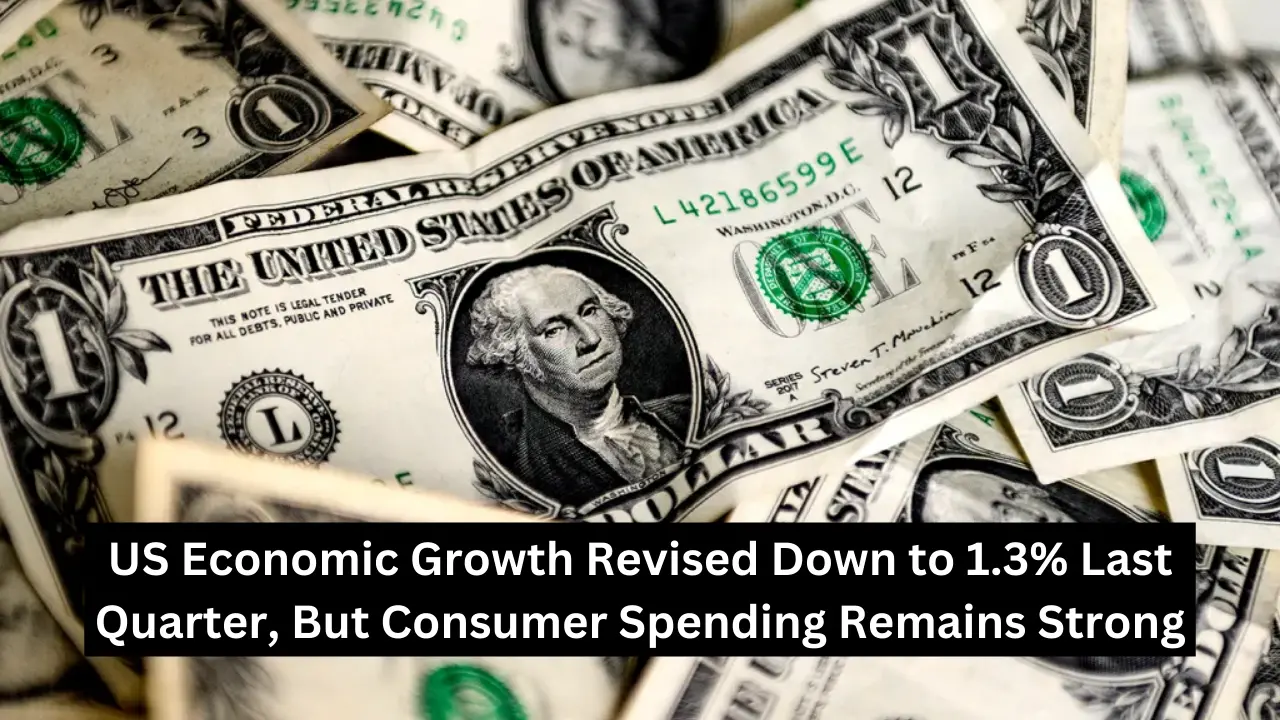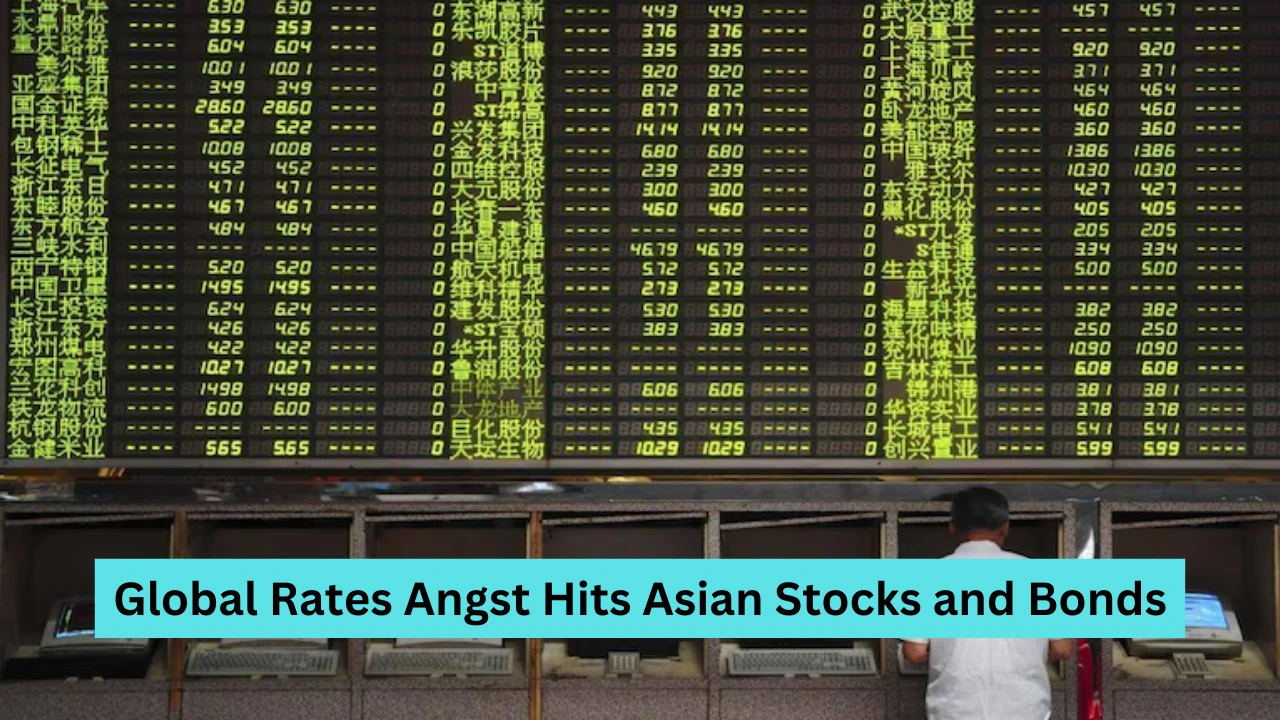In a recent revision, the US economic growth rate for the last quarter was adjusted downward from an initial estimate of 1.6% to 1.3%. Despite this slower growth, consumer spending remained resilient, indicating underlying strengths in the economy. This article delves into the reasons behind the revised growth figures and the implications for the US economy.
Revised US Economic Growth
Initial Estimates vs. Revised Figures
The US Commerce Department initially estimated the GDP growth rate at 1.6% for the last quarter. However, upon further analysis and updated data, this figure was revised down to 1.3%. This adjustment reflects more accurate economic measurements and adjustments in various sectors of the economy.
Factors Influencing the Revision
Economic Indicators and Data Analysis
The downward revision was influenced by a combination of factors, including lower-than-expected business investments and inventory adjustments. Additionally, updated data on trade and consumer spending patterns contributed to the revised GDP figure. These revisions are part of the normal process of refining economic data as more information becomes available.
Consumer Spending Trends
Continued Consumer Activity
Despite the downward revision in GDP growth, consumer spending remained robust. This resilience is a positive sign for the economy, as consumer expenditure accounts for a significant portion of economic activity. Strong employment numbers, wage growth, and a high level of consumer confidence have supported this continued spending.
Implications for the US Economy
Short-Term Effects
In the short term, the revised GDP figures suggest a slightly slower pace of economic growth. However, the ongoing strength in consumer spending provides a buffer against a more significant downturn. It indicates that while businesses may be cautious, consumers continue to drive economic activity.
Long-Term Outlook
The long-term outlook remains cautiously optimistic. If consumer spending persists, it can help sustain economic growth. However, potential headwinds such as rising interest rates, inflationary pressures, and global economic uncertainties need to be monitored closely.
Expert Opinions
Economist Insights
Economists suggest that the revision, while notable, does not drastically change the overall economic outlook. According to them, the resilience of consumer spending is a critical factor that supports the broader economy, even amid slower growth in other areas.
Market Analysts’ Perspectives
Market analysts view the revision as a signal for potential policy adjustments by the Federal Reserve. They emphasize the need to balance growth and inflation, suggesting that the Fed may continue its cautious approach to interest rate hikes.
Government and Federal Reserve Response
Policy Adjustments
In response to the revised growth figures, the Federal Reserve and government policymakers might consider fine-tuning their economic strategies. Ensuring that consumer confidence remains high and addressing any emerging economic challenges will be crucial in maintaining steady growth.
Quick Review:
Q: What was the initial estimate for US economic growth last quarter?
A: The initial estimate for US economic growth last quarter was 1.6%.
Q: What is the revised estimate for US economic growth last quarter?
A: The revised estimate for US economic growth last quarter is 1.3%.
Q: Why was the GDP growth rate revised down?
A: The GDP growth rate was revised down due to lower-than-expected business investments, inventory adjustments, and updated data on trade and consumer spending patterns.







